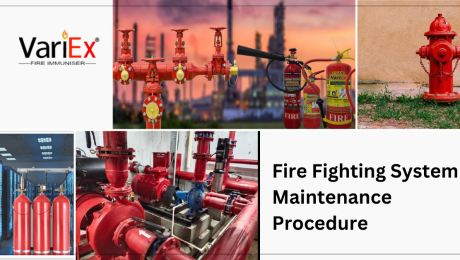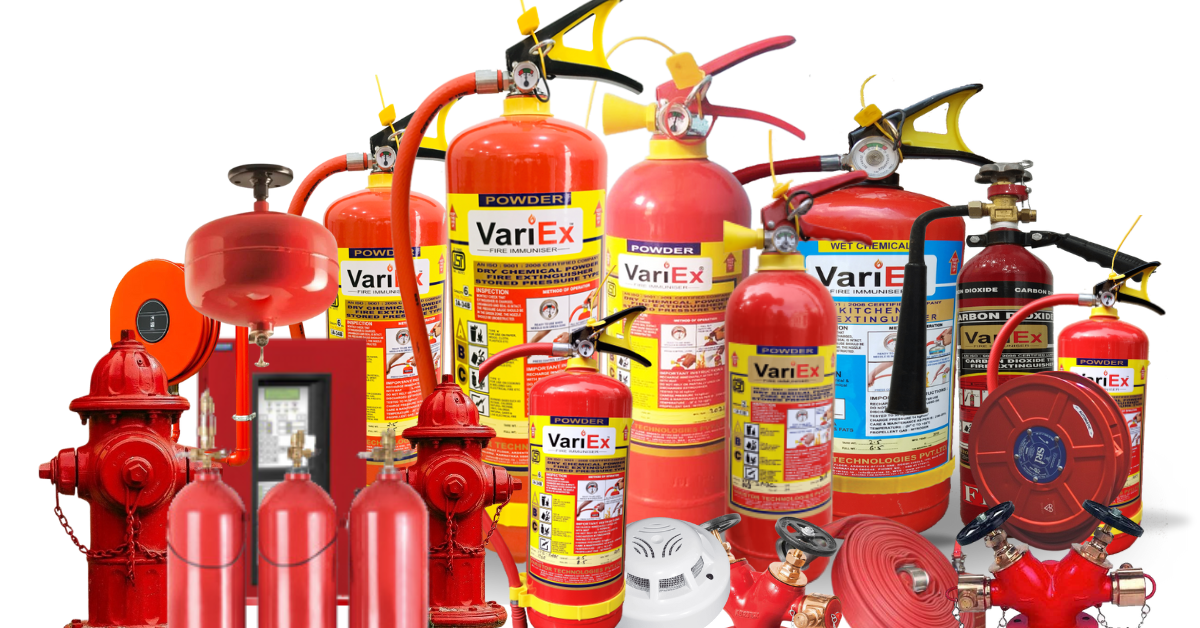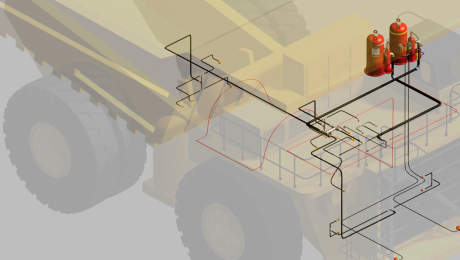The Automatic Fire Suppression System is a crucial advancement in fire safety, providing rapid and effective response mechanisms. This system, relying on advanced sensors and technology, detects and suppresses fires without human intervention. When it identifies a fire, the system activates and releases fire suppression agents, such as water, gas, or foam, swiftly containing and extinguishing the flames. Businesses widely deploy the automatic fire suppression system in critical environments like kitchens, server rooms, and manufacturing facilities to minimize damage and enhance safety. Its quick response time is instrumental in preventing fire escalation. Regular maintenance, adherence to safety standards, and proper installation ensure the continuous reliability of this life-saving technology, offering peace of mind and protection against the devastating impacts of fires in various settings.
Fire Fighting System Maintenance Procedure
Regular maintenance of fire fighting systems is essential to ensure their continued functionality and reliability in the event of a fire emergency. This guide outlines the key procedures involved in maintaining fire suppression systems to mitigate risks and protect lives and property.
1. Scheduled Inspections:
- Conduct scheduled inspections of all components of the fire fighting system, including control panels, piping, nozzles, detectors, fire alarms system, and fire extinguishers.
- Inspections should be performed by qualified technicians according to manufacturer guidelines and regulatory requirements.
2. Functional Testing:
- Perform functional tests of the entire fire fighting system to verify proper operation and response.
- Test alarms, detectors, and suppression equipment to ensure they activate as intended.
- Simulate fire scenarios to assess the system’s effectiveness in detecting and suppressing fires.
3. Inspection of Components:
- Inspect piping, valves, and nozzles for signs of corrosion, leaks, or damage.
- Check detectors and alarms for proper positioning, cleanliness, and functionality.
- Verify that control panels and electrical connections are secure and free from defects.
- Published in ABC Fire Extinguisher, CO2 Fire Extinguisher, Fire Alarm, Fire Extinguisher, Fire Fighting System, FIre Hydrant, Fire Safety Equipment, Fire Sprinkler System, Fire Suppression
Vehicle Fire Suppression System Benefits
Yes, safety cannot be compromised! When a fire breaks out in the engine compartment of any vehicle, it can cause destructive damages throughout the rest of the vehicle. Whether it’s heat, flammable liquids, or electrical components in an enclosed engine compartment that can pose a significant fire risk. An accident, or hydraulic line, or even a faulty part can result in a serious emergency. Even Significant damages due to fire tragedy such as loss of life, environmental impact, and higher insurance premiums can be proven enormously harmful. The Vehicle Fire Suppression system comes into the picture to avoid such situations!
- Published in Fire Suppression
- 1
- 2




